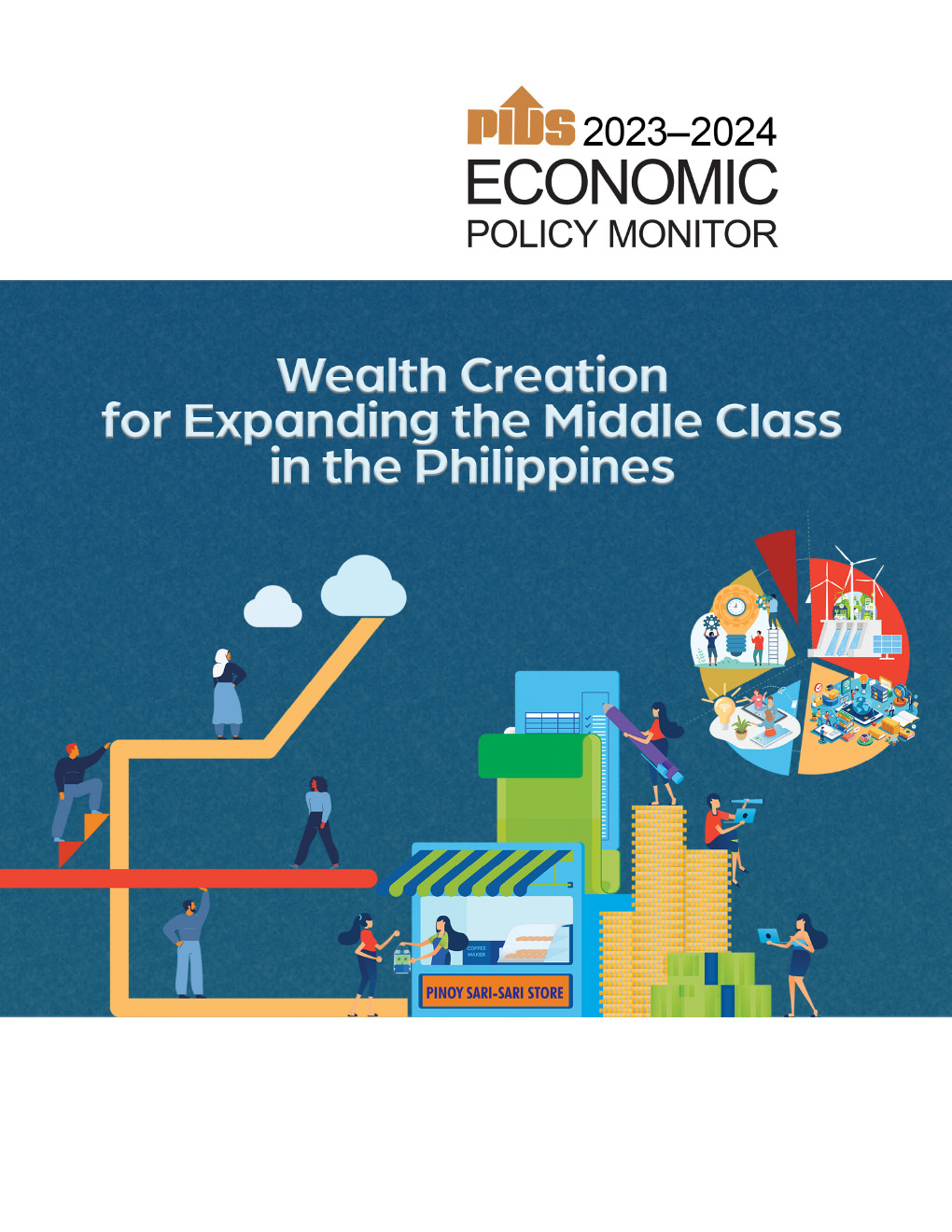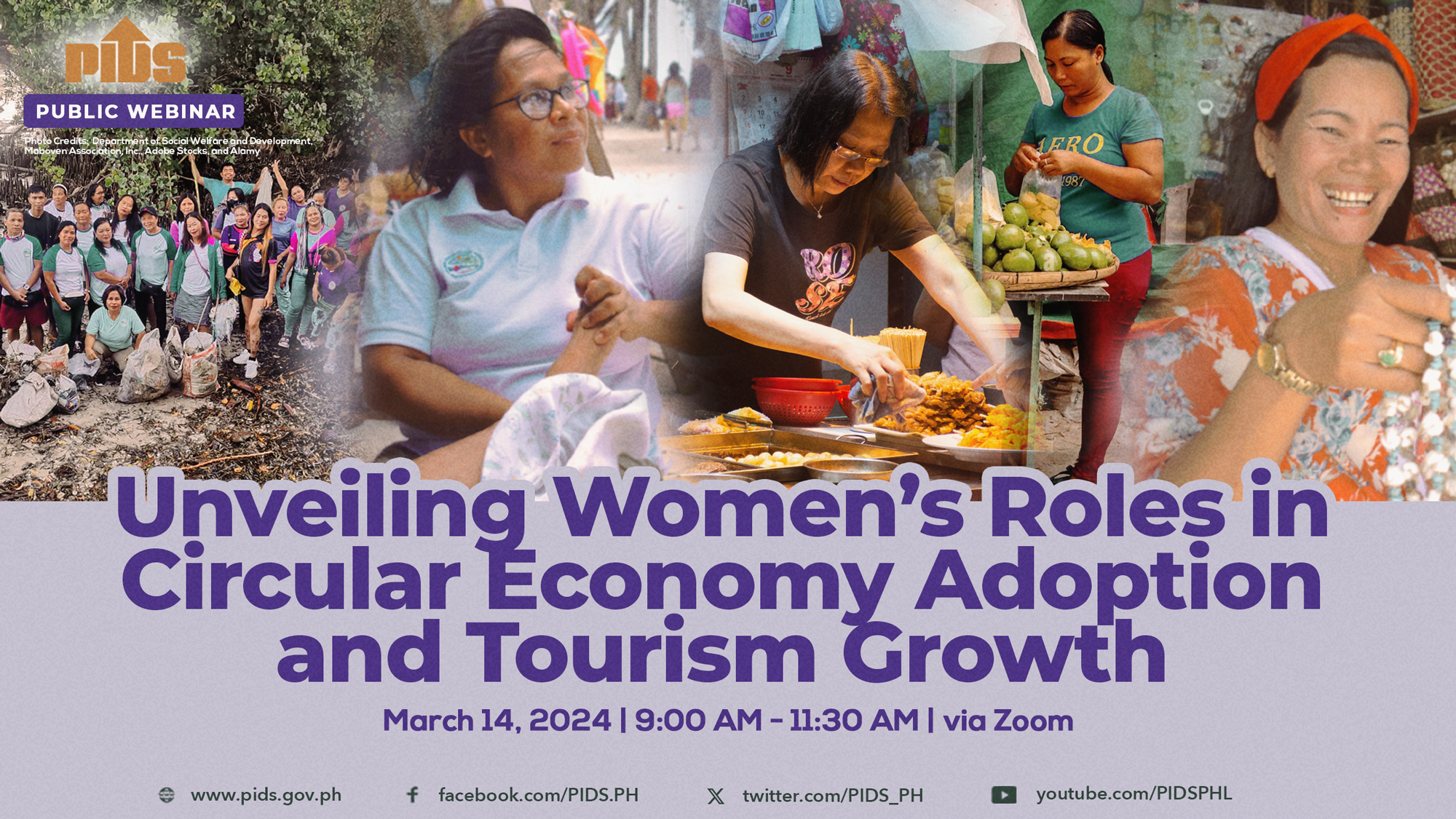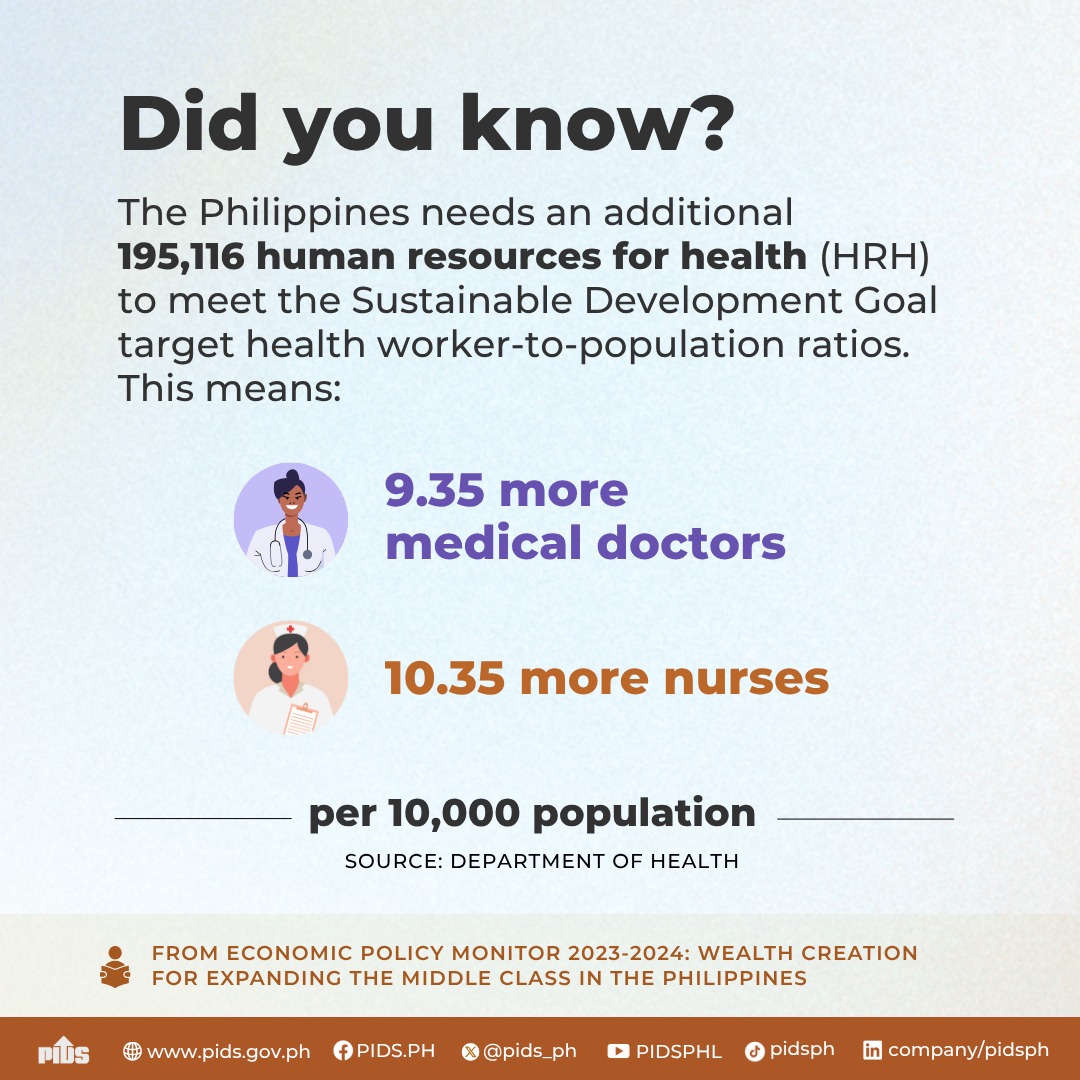The country’s gross domestic product (GDP) grew 5.7 percent in 2024, a revision from the preliminary estimate of 5.6 percent announced previously by the Philippine Statistics Authority (PSA).
In a statement Thursday, the PSA said the adjustment was made based on policy approved by the PSA Board, which is consistent with international standard practices on national accounts.
“The slightly upward revision in the GDP data is still a good signal for the local economy, as economic growth would have been much faster and better had it not been for higher prices over the past three years triggered by the Russia-Ukraine war,” Michael Ricafort, Rizal Commercial Banking Corp. chief economist, said.
Both the full-year 2024 and the fourth quarter GDP results were adjusted by 0.1 percentage point.
The fourth quarter growth rate was revised to 5.3 percent from 5.2 percent year-on-year.
Economic resilience confirmed
“In my assessment, the revised 2024 GDP doesn’t drastically change the outlook, but it confirms some resilience in the economy,” John Paolo Rivera, Philippine Institute for Development Studies senior research fellow, said in a message to Malaya Business Insight.
National Statistician Claire Dennis Mapa identified the major contributors tO the revisions in a separate message.
“For Q4 2024, the top contributors to the upward revision were: manufacturing, 3.3 percent from 3.1 percent; education, 6.8 percent from 6.2 percent; agriculture, forestry and fishing, -1.6 percent from -1.8 percent; public administration and defense, compulsory social activities, 7.2 percent from 7 percent; and other services, 10.9 percent from 10.5 percent,” Mapa’s message read.
“For the full year 2024, the top contributors were: education, 4.4 percent from 3.9 percent; manufacturing, 3.7 percent from 3.6 percent; agriculture, forestry and fishing, -1.5 percent from -1.6 percent; public administration and defense, compulsory social activities, 4.2 percent from 4.1 percent; (and) human health and social work activities, 10.9 percent from 10.7 percent,” it said.
Despite the upward revisions, the government missed its full-year growth assumption of 6 percent to 6.5 percent last year.
Key drivers for 2025
For this year, Rivera said: “The 6 to 8 percent target for 2025 is on the high side, and hitting the lower end (closer to 6 percent) is more plausible given the current global and domestic challenges.”
“Key drivers will be fiscal policy, monetary easing, trade performance, and external risks like US protectionism (Trump tariff) and China’s economic trends (slowdown),” he added.
The government expects this year’s GDP to grow between 6 percent and 8 percent.
Ricafort sees the possibility of even hitting the low-end of the 2025 target range as a notable performance for the Philippine economy.
“The upward revision would also somewhat attest to an increased possibility of achieving 6 percent GDP growth for 2025 and beyond — among the fastest and the best in Asean and Asia amid favorable demographics,” Ricafort said.












